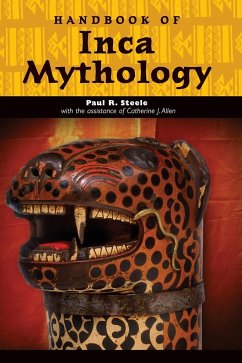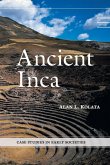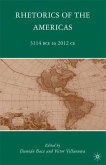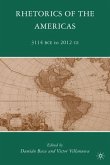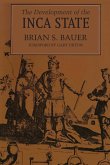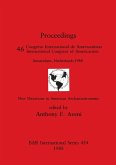The first introduction to the Incas and their myths aimed at students and general readers, bringing together a wealth of information into one convenient resource. Full of hard to find information, Handbook of Inca Mythology provides an accessible introduction to the rites, beliefs, and spiritual tales of the Incas. It provides a concise overview of Incan civilization and mythology, a chronology of mythic and historical events, and an A-Z inventory of central themes (sacrifice, fertility, competition, reversaldualism, colors, constellations, giants, and miniatures), personages (Viracocha, Manco Capac, Pachackuti Inca), locations (Lake Titicaca, Corickancha), rituals, and icons. The last Native American culture to develop free of European influence, the Incas, who had no written language, are known only from Spanish accounts written after the conquest and archaeological finds. From these fragments, a vanished world has been reborn and reintroduced into modern Andean life. There is no better way into that world and its mind-bending mythology than this unique handbook.
Hinweis: Dieser Artikel kann nur an eine deutsche Lieferadresse ausgeliefert werden.
Hinweis: Dieser Artikel kann nur an eine deutsche Lieferadresse ausgeliefert werden.

